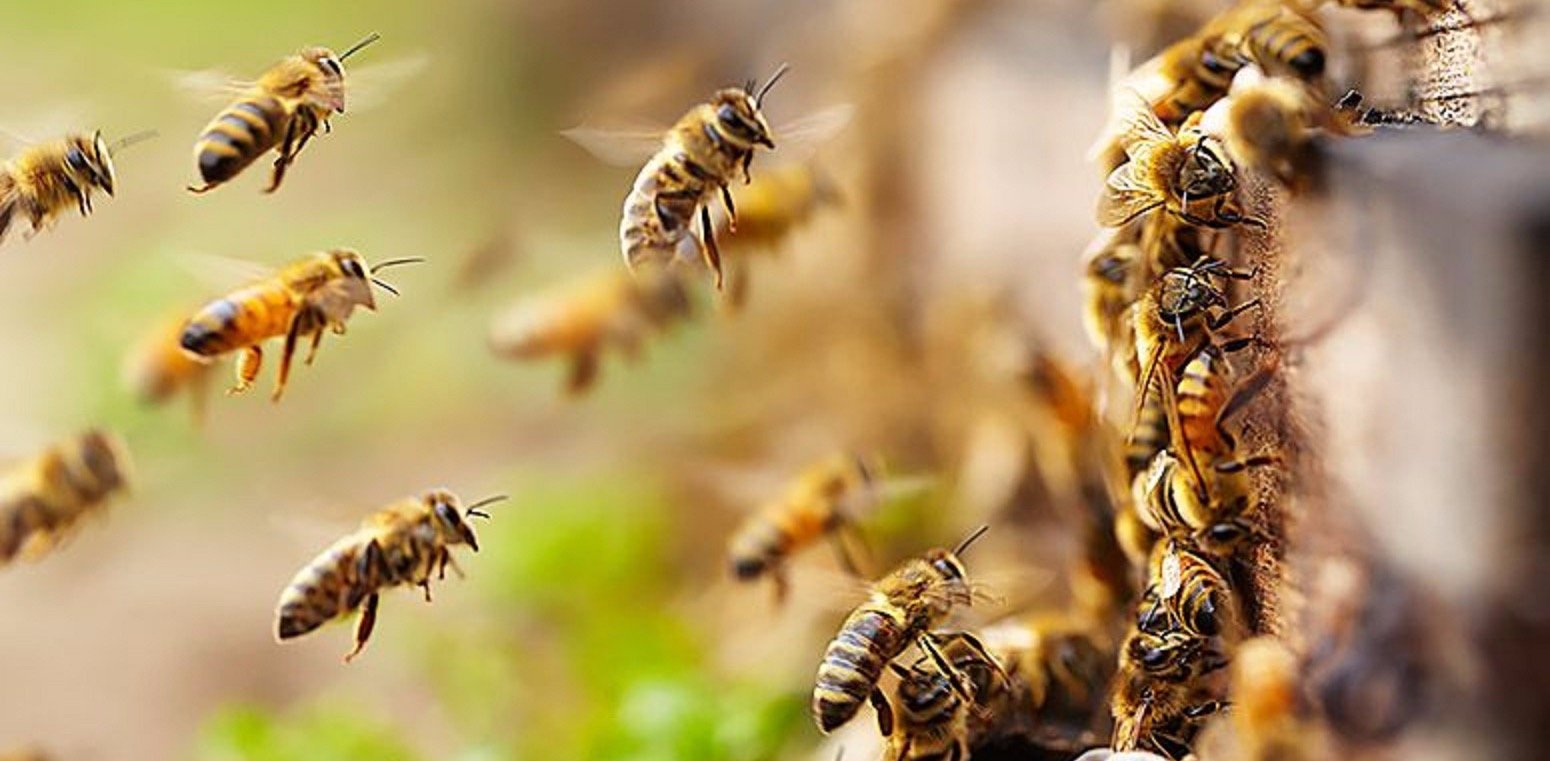Honeybee waggle
Honeybee waggle: The famous honeybee waggle dance has been a subject of fascination for scientists and bee enthusiasts for many years. This dance, performed by worker bees inside the hive, is believed to communicate vital information about the location of food sources to other members of the colony. The question of whether the waggle dance is natural or learned has long been debated, but recent research sheds new light on this intriguing behavior.
To understand whether the waggle dance is natural or learned, researchers have conducted experiments and observations to uncover the underlying mechanisms and factors involved. It is now widely accepted that the waggle dance is a complex behavior that is both innate and influenced by learning.
At its core, the waggle dance is a natural behavior programmed into the honeybees’ genetic code. This innate ability allows bees to perform the dance instinctively, without any prior exposure to specific environmental cues or learning from other bees. When a foraging bee returns to the hive after discovering a new food source, it initiates the waggle dance to communicate the location and quality of the food to its hive mates.
The dance itself consists of intricate movements and patterns, including a waggle run in a figure-eight shape, accompanied by vibrations and sounds. The direction and duration of the waggle run convey information about the direction and distance of the food source, while the intensity of the waggle run correlates with the quality of the food. These elements of the dance are genetically programmed and do not require learning.
However, while the basics of the waggle dance are innate, bees can also refine and modify their dance based on environmental factors and learning experiences. Bees are highly adaptable creatures that respond to changes in their surroundings, and their dances can be influenced by factors such as the availability and abundance of food sources.
Recent research has shown that bees can adjust their waggle dances based on the changing conditions of their foraging environment. For example, if a previously rich food source becomes depleted or less rewarding, bees may reduce the intensity or duration of their waggle runs when communicating information about that location. This suggests that bees have the ability to learn from their own foraging experiences and update their dance accordingly.
Furthermore, studies have demonstrated that bees can also learn from each other and modify their waggle dances based on social interactions within the colony. In an experiment conducted by Dr. Karl von Frisch, a pioneering ethologist who first deciphered the waggle dance, bees were trained to forage on a specific artificial food source. When these trained bees performed the waggle dance, untrained bees in the hive learned the dance and subsequently visited the trained food source. This observation highlights the social learning aspect of the waggle dance, where bees can acquire information from their fellow workers and adjust their behavior accordingly.
Overall, the waggle dance is a fascinating behavior that combines innate instincts with learning and adaptability. While the basic components of the dance are genetically programmed and natural, bees can refine and modify their dances based on environmental conditions and social interactions. This dynamic interplay between nature and nurture allows honeybees to effectively communicate information about food sources within their colonies, ensuring the survival and success of the entire hive.
Understanding the waggle dance and its underlying mechanisms not only sheds light on the remarkable abilities of honeybees but also has practical implications for beekeeping and conservation efforts. By studying the dance, researchers can gain insights into the foraging behaviors of bees, track changes in their environments, and monitor the health of bee populations. Ultimately, further research in this area will contribute to our understanding of these essential pollinators and aid in their protection and preservation.

